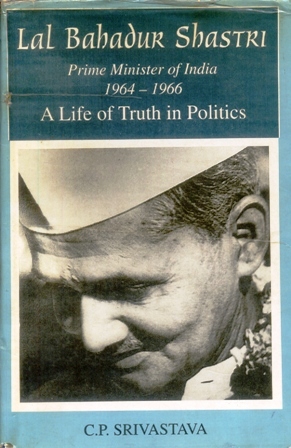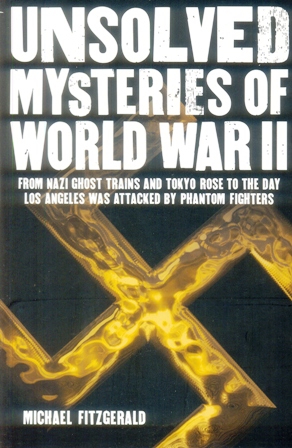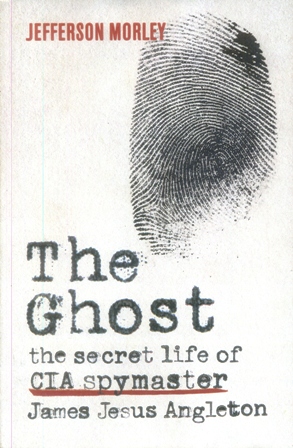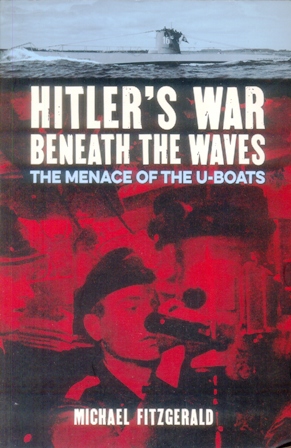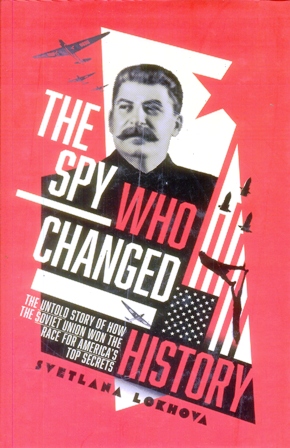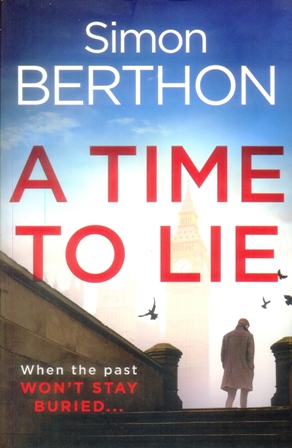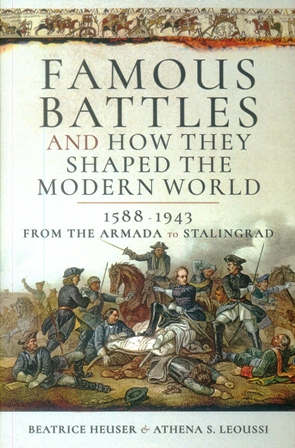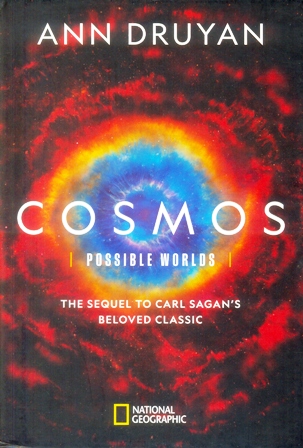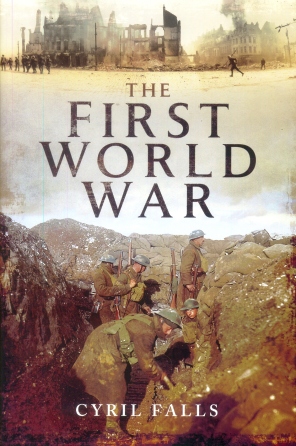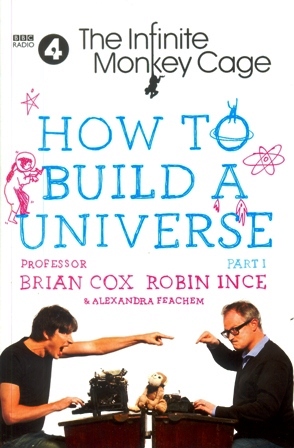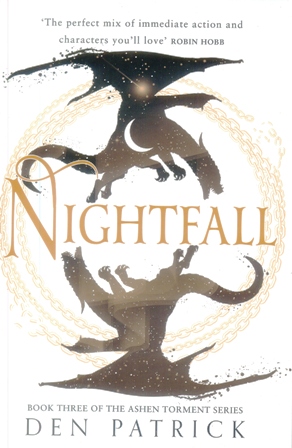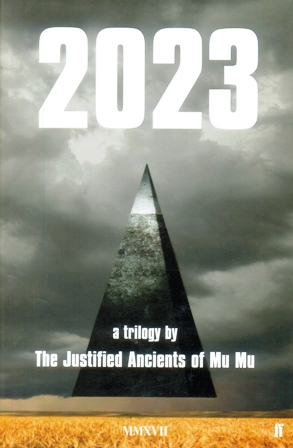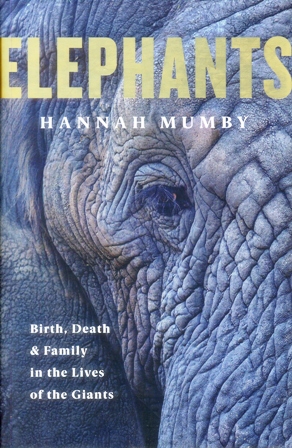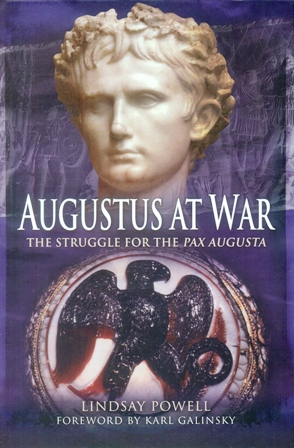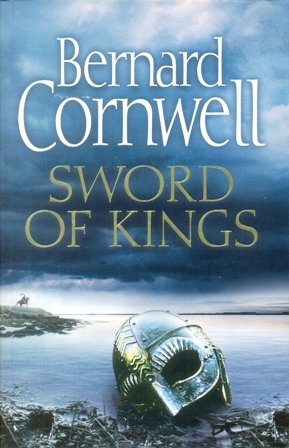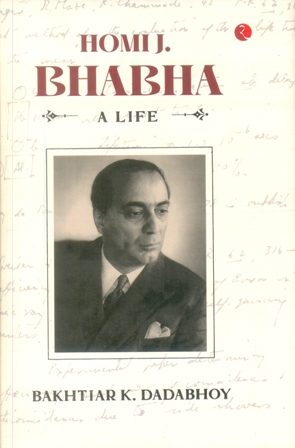-
Lal Bahadur Shastri
The life of Lal Bahadur Shastri, India's second prime minister is the absorbing saga of a man who, while suffering the rigors of poverty in early life, rose to political eminence on the strength of moral principle.
-
Stiletto
Rook Myfanwy Thomas is trying to prevent all out supernatural war with the oldest enemy of the Checquy, but someone keeps trying to assassinate her.
-
No Beast So Fierce
The deadliest animal of all time meets the world's most legendary hunter in a classic battle between man and wild. But this pulse-pounding narrative is also a nuanced story of how colonialism and environmental destruction upset the natural order, placing man, tiger and nature on a collision course.In Champawat, India, circa 1900, a Bengal tigress was wounded by a poacher in the forests of the Himalayan foothills. Unable to hunt her usual prey, the tiger began stalking and eating an easier food source: human beings. Between 1900 and 1907, the Champawat Man-Eater, as she became known, emerged as the most prolific serial killer of human beings the world has ever known, claiming an astonishing 436 lives.Desperate for help, authorities appealed to renowned local hunter Jim Corbett, an Indian-born Brit of Irish descent, who was intimately familiar with the Champawat forest. Corbett, who would later earn fame and devote the latter part of his life to saving the Bengal tiger and its habitat, sprang into action. Like a detective on the tail of a serial killer, he tracked the tiger’s movements, as the tiger began to hunt him in return.This was the beginning of Corbett’s life-long love of tigers, though his first encounter with the Champawat Tiger would be her last.
-
Walden
Live in each season as it passes; breathe the air, drink the drink, taste the fruit, and resign yourself to the influence of the earth. This beautiful jacketed hardback edition presents the incredible memoir of Henry David Thoreau - a man who left his home town to live a contemplative life in the tranquil wilderness of Walden Pond. During his two years there, he diligently chronicled his observations. Walden blends natural history with philosophy, taking an insightful look at human solitude and our affinity with the natural world. In its rejection of materialism and embracing of self-sufficiency, this book remains a highly regarded work of transcendentalism, environmentalism, and individual enlightenment. Despite being published over 150 years ago, Walden remains pertinent in the modern society. This collector's edition features a dust jacket and new cover design, refreshing this defining work of American liberalism. ABOUT THE SERIES: Arcturus Silhouette Classics are high-quality hardback editions with contemporary cover-designs. Presented with dust jackets and beautiful colour end-papers, the titles in this series make wonderful gifts or collectibles for any classic literature lover.
-
The Ghost-The Secret Life Of CIA Spymaster James J
A revelatory new biography of the sinister, powerful, and paranoid man at the heart of the CIA for more than three tumultuous decades.
-
Hitlers's War Beneath The Waves
During World War I, German U-boats had been the most effective naval weapon against the Allies and without America's entry into the war in 1917 Britain would have been starved into surrender. Hitler's accession to power led to the rapid development of numerous military projects, including provision for submarines. Interestingly, the German navy was the branch of the German armed forces with the highest proportion of Nazis and Nazi sympathizers. And this is the story of their part in the war, focusing in particular on the role of the wolf pack of U-boats in the Atlantic, whose stealthy presence beneath the waves ensured that British merchant ships were dicing with death every time they put out to sea.
-
The Spy Who Changed History
‘A superbly researched and groundbreaking account of Soviet espionage in the Thirties … remarkable’ 5* review, Telegraph
-
A Time To Lie
n explosive, fast-paced espionage thriller for fans of Frank Gardner and Mick Herron. ‘Dark and twisted, A Time to Lie is a tense and timely novel’ Adam Hamdy A divisive prime minister. A long-buried body. A plot to bring him down… The bigger the secret the more dangerous it is to lie… On the morning of the Tory Party conference, the bones of a young woman’s hand are discovered in a London building site. Jed Fowkes, Special Adviser at the Treasury, confronts Prime Minister Robin Sandford with a terrible accusation. He claims the hand belongs to someone they once knew well: a young woman whom Sandford murdered years ago. With his career on the brink of ruin, the Prime Minister’s only hope is to enlist the unofficial help of MI5. A decision which leads him into a new world of espionage, illegal trafficking and murder. And the deeper he goes, the more treacherous the game becomes. Because now it’s not just his life on the line; it’s the future of the state itself… ‘A pulse-pounding thrill-ride that hooked me from the chilling opening, A Time To Lie delivers on every, explosive level’ Chris Whitaker ‘Dark and twisted, A Time To Lie is a tense and timely novel’ Adam Hamdy
-
The Sinner
THE TENSE NEW THRILLER FROM THE 'MASTER OF SINISTER' (ANGELA CLARKE), FOR FANS OF CHRIS CARTER. Tom Killgannon, ex-undercover police officer and now in witness protection, is recalled to active service by a local police task force, headed by DS Sheridan. His mission is to befriend notorious child killer Noel Cunningham and find out where he buried the bodies of his final two victims. The catch? Tom has to obtain that information from within Blackmoor prison itself. Undercover and with no back-up, Tom soon runs into danger. In the prison is convicted gangster Dean Foley. He used to run Manchester's biggest gang, until Tom's testimony put him away for life. He recognises Tom, and so begins a cat-and-mouse game as Tom fights for survival before Foley can get his revenge. But why can't Tom reach DS Sheridan and what is the real reason he has been sent to Blackmoor prison? 'Waites is one of the best crime writers we have' MARK BILLINGHAM 'Martyn Waites is already crime fiction royalty' STEVE CAVANAGH 'A deftly-plotted thriller with a dark heart and a real emotional punch' SIMON KERNICK on The Old Religion 'A guaranteed thrill-ride' SARAH PINBOROUGH on The Old Religion
-
Famous Battles And How They Shaped The Modern Worl
Why are some battles remembered more than others? Surprisingly, it is not just size that matters, nor the number of dead, the 'decisiveness' of battles or their effects on communities and civilisations. It is their political afterlife - the multiple meanings and political uses attributed to them - that determines their fame. This ground-breaking series goes well beyond military history by exploring the transformation of battles into sites of memory and meaning. Cast into epic myths of the fight of Good against Evil, of punishment for decadence or reward for virtue, of the birth of a nation or the collective assertion against a tyrant, the defence of Civilisation against the Barbarians, Christendom against the Infidel, particular battles have acquired fame beyond their immediate contemporaneous relevance. The great battles of modern history examined in this second volume range from the defeat of the Armada and the relief of Vienna, to Chatham, Culloden, Waterloo, Gettysburg, the Somme and Stalingrad. In each chapter, the historical events surrounding a battle form the backdrop for multiple later interpretations, which, consciously or unconsciously, carry political agendas, some for further bloodshed and sacrifice, but others for the more recent and laudable phenomenon of reconciliation over the graves of the dead.
-
Cosmos: Possible Worlds
This sequel to Carl Sagan's blockbuster continues the electrifying journey through space and time, connecting with worlds billions of miles away and envisioning a future of science tempered with wisdom.Based on National Geographic's internationally-renowned television series, this groundbreaking and visually stunning book explores how science and civilization grew up together. From the emergence of life at deep-sea vents to solar-powered starships sailing through the galaxy, from the Big Bang to the intricacies of intelligence in many life forms, acclaimed author Ann Druyan documents where humanity has been and where it is going, using her unique gift of bringing complex scientific concepts to life. With evocative photographs and vivid illustrations, she recounts momentous discoveries, from the Voyager missions in which she and her husband, Carl Sagan, participated to Cassini-Huygens's recent insights into Saturn's moons. This breathtaking sequel to Sagan's masterpiece explains how we humans can glean a new understanding of consciousness here on Earth and out in the cosmos--again reminding us that our planet is a pale blue dot in an immense universe of possibility.
-
The First World War
The years 1914 to 1918 saw Europe engaged in a conflict involving a greater area and a greater number of men than history had ever before recorded. In this book, Captain Cyril Falls, known in British academic and governmental circles as an expert in military history, discusses the military side of World War I in the light of its battles, tactics and weapons; its problems of supply and transport; its armies and their commanders. The engagements in the many theaters of war in Europe, Asia and Africa are described in vivid detail, but particular attention is focused on the Western Front, where the principal and decisive battles were fought. Although it was on land that the conclusive victories were achieved, the place of sea power and of the new type of warfare waged in the air is not ignored. The role played by civilian politics is covered as well, particularly in situations where it had direct bearing on the fighting--such as in Sarajevo in 1914 where a spark touched off the Central European powder keg and signaled the beginning of the war; the political considerations which caused the US as well as Romania, Bulgaria, and Italy to enter the war late; and the revolution which caused Russia to leave it early. In telling how World War I was fought and why it developed as it did, Captain Falls decisively refutes the notion that World War I was an interlude of senseless and irresponsible slaughter during which military art stood still. He reminds us that it was a war remarkable for the idealistic spirit in which it was fought. Though the unprecedented, world-wide scale of battle, and the deadlock on the Western Front, taxed the skill of military leadership sorely, the war produced its great leaders: Haig, Allenby, Maude, Jellicoe, Beatty, Joffre, Foch, Petain, Pershing, Liggett, Sims, Falkenhayn, Hindenburg, Hipper, Conrad von Hotzendorf, and Mustapha Kemal. Their achievements as well as the indomitable spirit of the men they commanded are remembered here.
-
How To Build A Universe
From the hosts of the legendary BBC Radio 4 programme comes this irreverent celebration of scientific marvels – a hectic leap through the grand and bizarre ideas conjured up by human imagination, from dark matter to consciousness via neutrinos and earthworms. Prof Brian Cox and Robin Ince take the musings of the great and the good of British science, producing an insight into the multifaceted subjects involved in building a Universe, with pearls of wisdom from leading scientists and comedians peppered throughout. Covering thousands of concepts and conundrums, they tackle everything from the Big Bang to parallel Universes, fierce creatures to extraterrestrial life, brain science to artificial intelligence. Bringing together the best, most unusual and hilarious of the inquisitive minds that help shape and understand our world, from Neil deGrasse Tyson and Dara Ó Briain to Sir Patrick Stewart, Tim Minchin, Stephen Fry and more, How to Build a Universe is an illuminating and inspirational celebration of science – sometimes silly, sometimes astounding and very occasionally facetious.
-
Nightfall
The sky is filled with dragons: the people are ready to burn the regime to the ground. The seas churn with monsters and the tide is changing: revolution is coming.
-
Murder Mile
February, 1979, 'The Winter of Discontent'. Economic chaos has led to widespread strikes across Britain. Jane Tennison, now a Detective Sergeant, has been posted to Peckham CID, one of London's toughest areas. As the rubbish on the streets begins to pile up, so does the murder count: two bodies in as many days. There are no suspects and the manner of death is different in each case. The only link between the two victims is the location of the bodies, found within a short distance of each other near Rye Lane in Peckham. Three days later another murder occurs in the same area. Press headlines scream that a serial killer is loose on 'Murder Mile' and that police incompetence is hampering the investigation. Jane is under immense pressure to catch the killer before they strike again.Working long hours with little sleep, what she uncovers leaves her doubting her own mind. 'La Plante excels in her ability to pick out the surprising but plausible details that give her portrayal of everyday life in a police station a rare ring of authenticity' Sunday Telegraph 'Classic Lynda, a fabulous read' Martina Cole on HIDDEN KILLERS
-
-
Elephants: Birth, Death and Family in the Lives of
Elephants are as unique as people. They can be clever and curious or headstrong and impulsive, shy or sociable. Learn to know them as individuals as well as a species in this evocative account of years spent studying elephant behaviour in the wild. Watching a family out for a swim on a hot day, Dr Hannah Mumby notes grandmothers, mothers, sisters and children exchanging noisy greetings, a consistent stream of close-range vocalisations, intermittent touching, co-operative herding of babies and frequent stopping for snacks. A close and interconnected family. But in this family, the adults weigh several tons each and the babies wave trunks playfully at one another. This is a herd of elephants. That elephants are intelligent, sentient beings is common knowledge, but so much about their day-to-day lives and abilities remains unknown. How do they communicate with one another over seemingly impossible distances? How do males spend their lives once they have left their mothers’ herds? And how much do they really remember? In this lyrically written and deeply personal account of several years of field research, Mumby reverently describes her own elephant encounters, alongside an exploration of the most up-to-date discoveries about the lives of these gentle giants. Learn how elephants live, travel, have sex, raise children and relate to one another, and reflect on how they think and feel. Understanding elephants as individuals closes the gap between human and animal and has powerful applications in the critical field of elephant conservation.
-
The Story Of Silence
A knightly fairy tale of royalty and dragons, of midwives with secrets and dashing strangers in dark inns. Taking the original French legend as his starting point, The Story of Silence is a rich, multilayered new story for today’s world – sure to delight fans of Uprooted and The Bear and the Nightingale.
-
Augustus At War-The Struggle for The Pax Augusta
'A superb analysis of the military power that underpinned Augustus' rise to power, his conquests, and his ability to sustain his rule. Powell's achievement is to demonstrate just how much Augustus deserved his name of `Imperator'.'- Tom Holland, presenter of BBC Radio 4 Making History. Author of Dynasty: The Rise and Fall of the House of Caesar. 'Powell meticulously details and analyzes the composition, deployment, and actions of this army and provides a much needed resource of information that has no parallel in astute comprehensiveness. His superb treatment shows Imperator Caesar Augustus in action and helps us understand the military Augustus and his times more clearly.'- Karl Galinsky, Floyd A. Cailloux Centennial Professor of Classics, University of Texas at Austin. Author of Augustus: Introduction to the Life of an Emperor. 'Lindsay Powell provides us with valuable insights into an under-appreciated aspect of Augustus' reign, and does so in his usual highly competent and readable style.'- Philip Matyszak. Author of The Sons of Caesar: Imperial Rome's First Dynasty. The words Pax Augusta - or Pax Romana - evoke a period of uninterrupted peace across the vast Roman Empire. In this new book Lindsay Powell exposes the truth for the lie that it is. Almost every year between 31 BC and AD 14 the Roman Army was in action somewhere, either fighting enemies beyond the frontier in punitive raids or for outright conquest; but it was also entangled in suppressing rebellions within the borders - or itself on the verge of mutiny. Remarkably over the same period Augustus succeeded in nearly doubling the size of the Empire, outperforming either Pompey the Great or Julius Caesar for conquests. How did Augustus, a second-rate field commander, and a man known to become physically ill before and during battle, achieve such extraordinary success? Did he, in fact, have a grand strategy? The decisions Augustus made determined the future of the empire - and of the Europe which followed. Powell reveals Augustus as a brilliant strategist and manager of war. As commander-in-chief he made changes to the political and military institutions to keep the empire together - and to hold on to power. His genius was to build a team of semi-autonomous legati - `deputies' - to ensure internal security and to fight his wars for him. Often bound by ties of blood and marriage, but above all loyalty, these men - more than 50 of whom are profiled in this volume - fought for Augustus, who claimed for himself the credit for their achievements. Augustus at War is lucidly written by the author of the acclaimed biographies Marcus Agrippa and Germanicus. Drawing on archaeology, art, coins, inscriptions and documents of the period, Lindsay Powell presents a new and provocative assessment of the men and events shaping a crucial period in world history, which still reverberates down to our own time.
-
Homi J. Bhabha A Life
Homi J. Bhabha: A Life is the first full-fledged biography of the theoretical physicist who founded India’s nuclear programme. A Renaissance man, Bhabha was also a lover of music and an accomplished painter. A scientist and aesthete who was equally at home in the world of science and the arts, he was both a visionary and a doer—a man of thought as well as a man of action. A great deal is known of his astonishing intellect, but less about his human side. This biography combines both aspects of him, presenting a more complete picture of the man.

